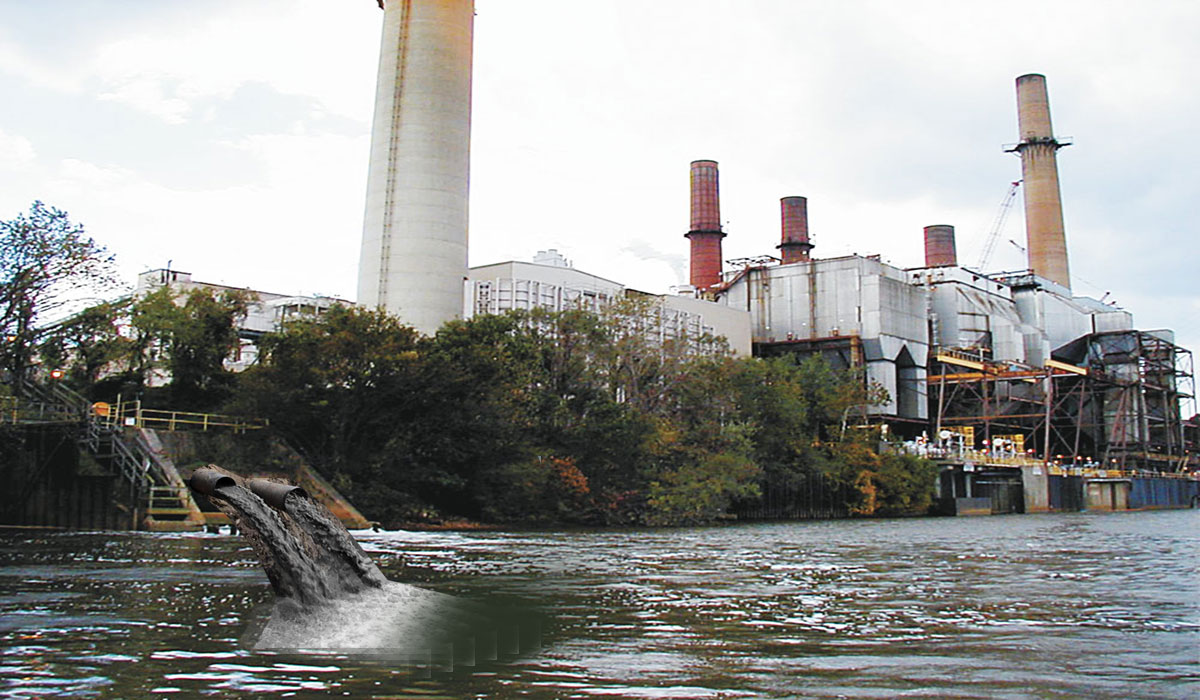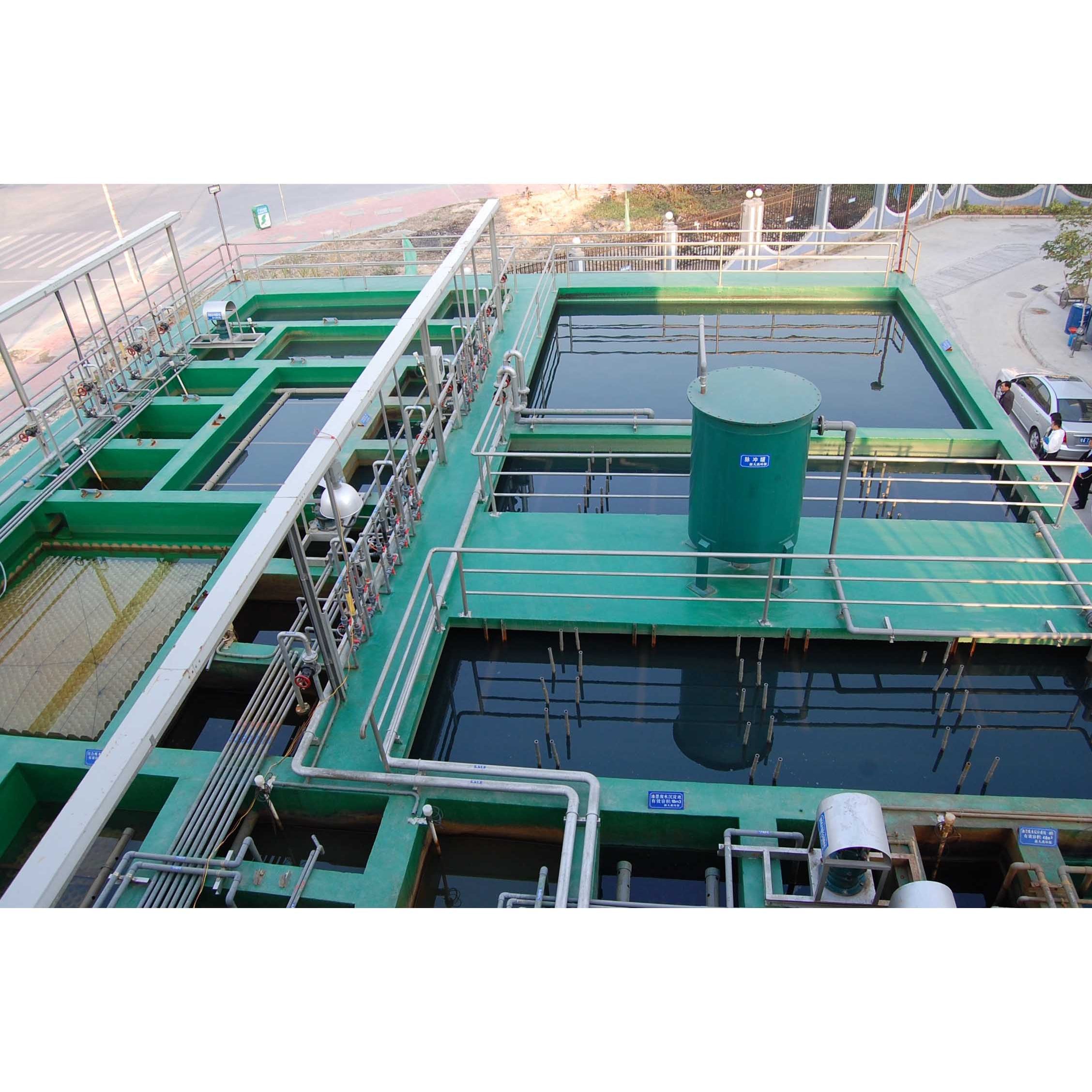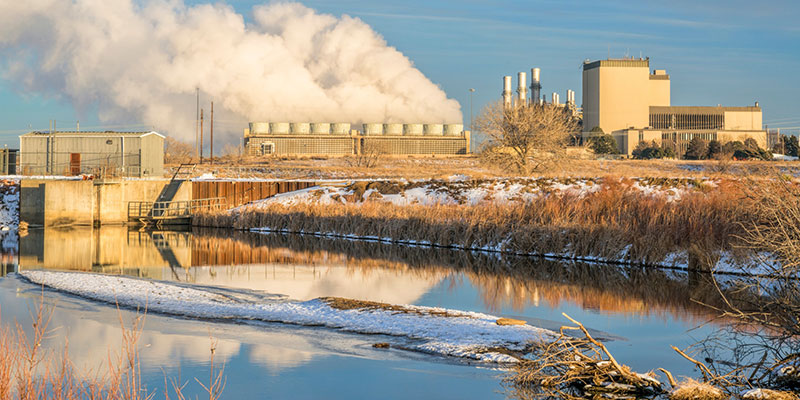Industrial Waste Water Treatment-- Customized Solutions for Effective Wastewater Treatment
Wiki Article
Developments and Advancements in Hazardous Waste Water Treatment Technologies
The landscape of industrial wastewater treatment is undergoing a transformative change, driven by technologies that improve both performance and sustainability. As regulatory standards develop, the integration of AI and machine knowing into wastewater monitoring systems assures to make sure and enhance operations compliance.Introduction of Waste Water Treatment Technologies
Wastewater therapy innovations encompass a variety of approaches developed to remove impurities from commercial effluents before their launch into the atmosphere. These innovations are important for maintaining ecological equilibrium and making sure compliance with ecological policies. The main groups of wastewater therapy consist of physical, chemical, and organic approaches, each serving distinct functions based upon the nature of the impurities present.

Organic treatment techniques use microorganisms to weaken organic matter, making them especially efficient for organic-rich effluents. Strategies like activated sludge and biofilm activators harness the natural deterioration capacities of bacteria, causing significant reductions in biochemical oxygen need (BOD)
Advanced Filtration Methods
Advanced filtration strategies represent an essential development in the realm of industrial wastewater treatment, improving the effectiveness of contaminant removal procedures. Industrial Waste Water Treatment. These techniques encompass a series of innovations, consisting of microfiltration, ultrafiltration, nanofiltration, and reverse osmosis, which provide consecutive obstacles for various fragment dimensions and chemical structuresMicrofiltration and ultrafiltration utilize membrane layer systems to remove put on hold solids, microorganisms, and bigger natural particles, enhancing the quality of effluent previous to more treatment. Nanofiltration bridges the gap in between ultrafiltration and reverse osmosis, effectively eliminating natural compounds and divalent ions, therefore minimizing the lots on downstream processes.
Reverse osmosis provides the highest degree of purification by enabling only water and small molecules to travel through its semi-permeable membrane layers, making it excellent for redeeming top quality water from commercial effluents. Recent developments in membrane technology, consisting of the development of even more sturdy and fouling-resistant materials, have actually dramatically improved functional efficiency and lowered expenses.
Incorporating these advanced purification strategies not just improves the overall therapy process but also adds to sustainability initiatives by enabling water reuse and source recuperation in commercial setups. (Industrial Waste Water Treatment)
Organic Treatment Innovations

In addition, the advancement of engineered organic systems, such as membrane bioreactors (MBRs), incorporates biological treatment with sophisticated membrane filtering. This integration permits for greater effluent top quality and lowered impact, making it ideal for space-constrained industrial centers. Advancements in genetically engineered bacteria have actually additionally arised, boosting the biodegradation of certain contaminants, such as pharmaceuticals and hefty steels, that are typically testing to get rid of.
In addition, the application of bioaugmentation strategies, where useful microorganisms are presented to boost the existing organic treatment processes, has actually shown encouraging lead to improving treatment performance. These innovations jointly signify a fad towards more lasting and efficient organic treatment link methods that can adjust to the progressing intricacies of industrial wastewater streams. As industries proceed to prioritize ecological compliance, these biological advancements will certainly play a crucial duty in wastewater administration.

Source Healing Techniques
In industrial setups, the combination of resource recuperation approaches has become significantly essential for enhancing sustainability and decreasing waste. These approaches concentrate on drawing out useful materials and power from wastewater streams, thus transforming potential pollutants into reusable resources.One prominent approach is nutrient healing, where nitrogen click here to read and phosphorus, usually present over in wastewater, are caught and transformed into plant foods. This not only minimizes ecological effects yet additionally provides a round economic climate remedy for agricultural applications. Additionally, technologies such as anaerobic food digestion enable the conversion of organic waste into biogas, a sustainable power source that can counter fossil fuel usage in commercial procedures.
In addition, progressed filtration and membrane innovations help with the recovery of commercial byproducts such as salts and steels. These recuperated products can be reintegrated into production procedures, lowering the need for virgin sources.
Future Fads in Waste Water Administration
As sectors progressively prioritize sustainability, the future of wastewater management is established to undertake substantial improvements. Technical innovations, such as expert system and maker knowing, will enable a lot more effective monitoring and administration of wastewater systems. These modern technologies can anticipate upkeep requirements, enhance treatment procedures, and boost decision-making, ultimately reducing operational costs and ecological effect.In addition, the combination of circular economic climate concepts will certainly play an important role in wastewater administration. Industries are anticipated to move in the direction of systems that not just treat wastewater but additionally recoup important resources, such as nutrients, water, and power. This shift will lessen waste and advertise the reuse of products, lining up with global sustainability goals.
Emerging treatment strategies, such as membrane layer bioreactors and progressed oxidation processes, will additionally boost the effectiveness read review of wastewater treatment, enabling better effluents appropriate for reuse. Furthermore, regulative frameworks are most likely to advance, highlighting more stringent requirements for wastewater discharge and motivating markets to embrace cutting-edge treatment options.
Verdict
Finally, the development of industrial wastewater treatment modern technologies demonstrates a significant shift in the direction of boosted effectiveness and sustainability. Developments in advanced filtration techniques, organic therapies, and source healing methods highlight the market's dedication to ecological stewardship. The combination of expert system and artificial intelligence further enhances these processes, guaranteeing regulative compliance and advertising a circular economic climate. Continued innovations in these locations will play a critical role fit the future of wastewater management and shielding important water sources.The landscape of commercial wastewater therapy is undergoing a transformative change, driven by developments that enhance both performance and sustainability.Wastewater therapy technologies encompass an array of methods created to eliminate contaminants from industrial effluents before their launch into the setting.Harnessing the power of organic processes has actually led to considerable technologies in the treatment of commercial wastewater.Additionally, the application of bioaugmentation techniques, where beneficial microbes are presented to enhance the existing biological treatment processes, has revealed promising outcomes in boosting therapy efficiency. These technologies collectively represent a fad towards more sustainable and effective biological therapy methodologies that can adjust to the progressing complexities of industrial wastewater streams.
Report this wiki page